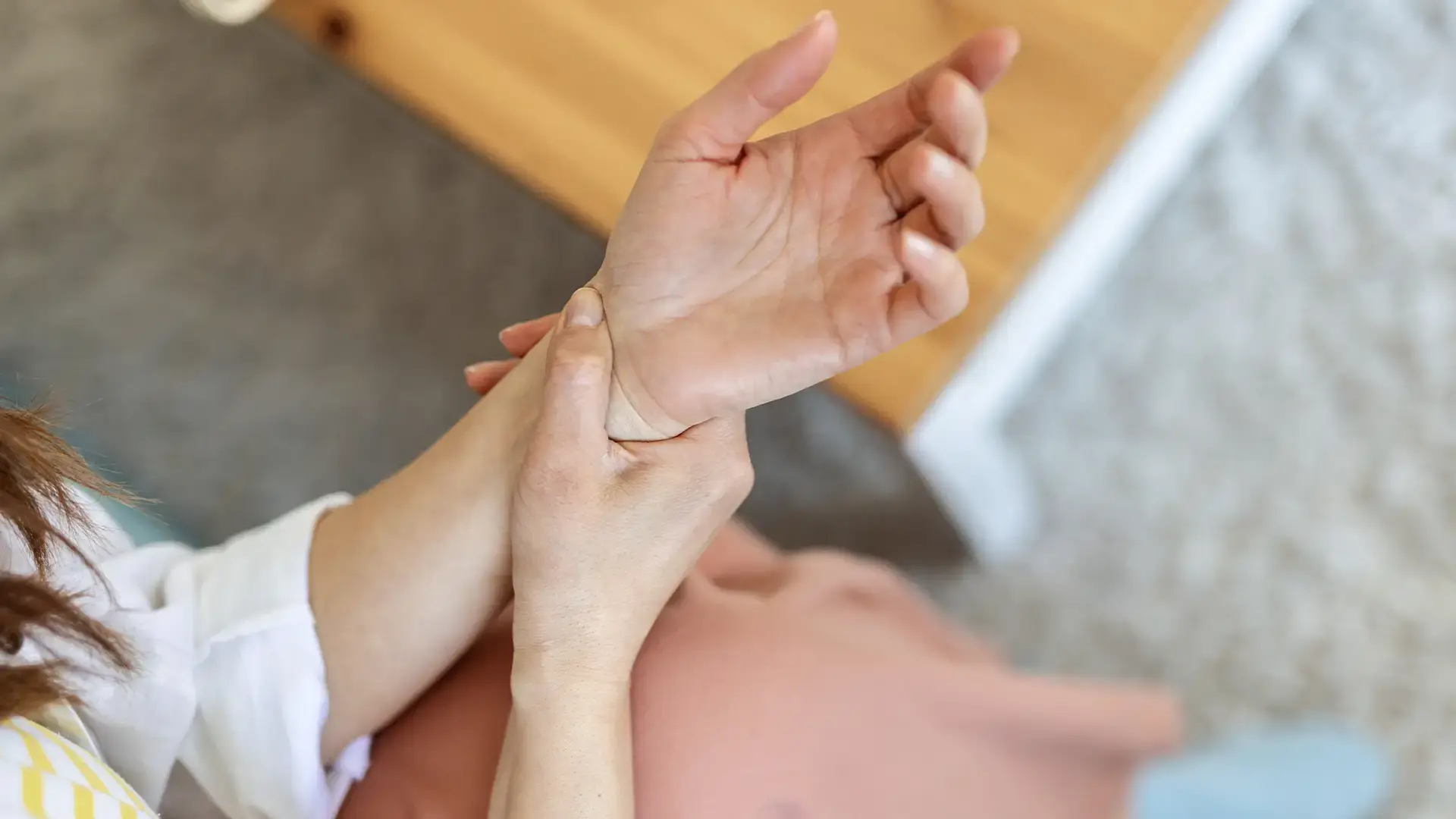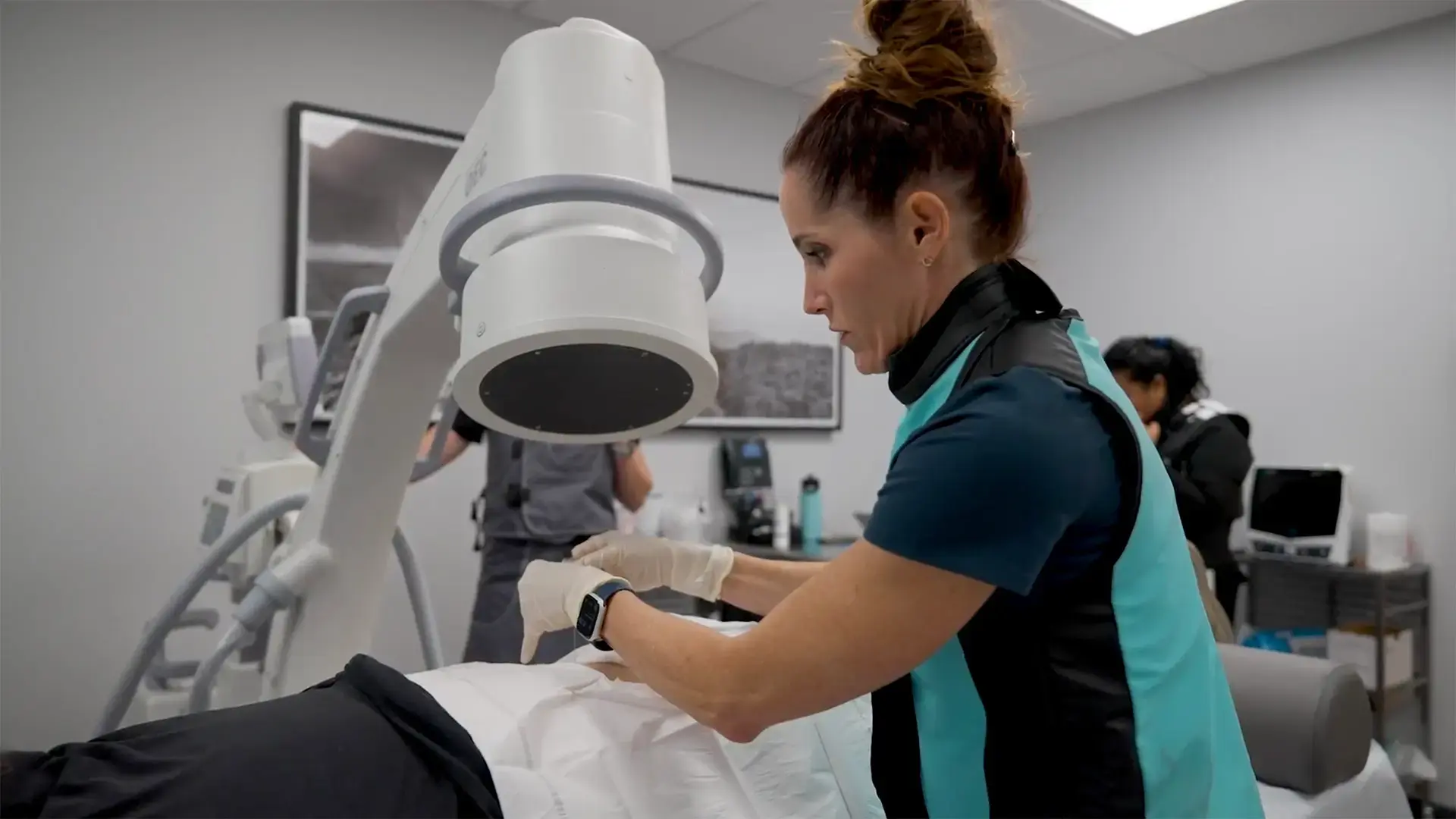For decades, spine care has often revolved around one goal: eliminate pain. Back pain, neck pain, and sciatica are among the most common reasons people visit doctors, and understandably, patients want relief. Yet, a growing body of research and clinical experience shows that focusing solely on eliminating pain may not be the best path forward. Instead, modern non-operative spine medicine emphasizes functional restoration with an emphasis on helping patients move better, stay active, and reclaim their lives, even if some discomfort remains.
Pain Isn’t the Whole Story
Pain is a complex phenomenon. It’s not just a signal from injured tissues. Pain is influenced by the brain, nervous system, emotions, and even social context. This has been termed the “biopsychosocial model” of pain. Research has also demonstrated that the intensity of pain doesn’t always match findings seen on advanced imaging such as MRI (Apkarian et al., 2009; Nijs et al., 2021). That’s why someone with a “bad MRI” may have no pain, while another person with mild imaging findings might have excruciating symptoms and be debilitated.
Chasing zero pain often leads to a never-ending cycle of interventions. Medications, repeated injections, or even surgeries may be performed that have minimal to no effect on long-term outcomes (Brox et. al., 2010; Chou et. al 2015). In fact, persistent pain is common: up to 20% of patients continue to have pain after spine surgery, a condition sometimes called “failed back surgery syndrome” (Thomson, 2013). Furthermore, medical interventions are not always benign and carry their own risks—side effects of medications, complications from injections, and surgical catastrophes. This doesn’t mean pain relief isn’t important. It’s just not the only measure of success.
A Shift Toward Function
Instead of asking, “How can I get rid of the pain?… patients and clinicians are reframing the question: “How can I get back to the things I want and need to do?” Setting expectations is a key component of functional restoration and is the cornerstone of helping patients build their life back.
Functional restoration programs are often multidisciplinary approaches that combine physical therapy, exercise, education, behavioral strategies, and sometimes minimally invasive procedures. They have consistently shown better long-term results than pain-focused treatments alone (Huge et. al 2006; Guzmán et al., 2001). These programs aim to:
- Improve mobility and strength
- Reduce fear of movement (a major barrier in chronic pain)
- Promote self-management strategies
- Enhance quality of life, even if some discomfort persists
The evidence is clear: patients who focus on restoring function tend to return to work faster, use fewer medical resources, and report greater satisfaction (Airaksinen et al., 2006).
What This Looks Like in Practice
Imagine two patients with chronic low back pain:
- Patient A pursues only pain elimination. They undergo multiple injections and take daily medications. The pain improves temporarily, but their activity level declines, and over time, their muscles weaken, and they grow mentally frustrated with their ongoing discomfort, leading to greater disability.
- Patient B shifts toward functional goals. With physical therapy, exercise, and a carefully selected procedure to reduce pain enough to start moving, they build strength, regain confidence in movement, and return to gardening and walking their dog—even though some days still bring soreness.
Which patient is living better?
The Takeaway for Patients
If you’re struggling with spine or musculoskeletal related pain, it’s natural to want it gone. But the more sustainable and evidence-based goal is to shift towards restoring function. This doesn’t mean ignoring pain. It means using the right tools (therapy, exercise, injections, medications) to control symptoms just enough so you can stay active and engaged with life.
Pain may come and go, but function is what allows you to work, play, and connect with others. And in the long run, function is what predicts health and independence—not whether you’re completely pain-free.
Our Approach at Desert Spine and Sports Physicians
At Desert Spine and Sports Physicians, this is the philosophy we take with every patient. Our team of fellowship-trained physiatrists focuses not just on reducing pain, but on helping you return to the activities that matter most. Whether that’s walking your dog, golfing, or simply being able to sit comfortably at work.
We use evidence-based, non-operative treatments tailored to each individual, combining advanced procedures with rehabilitation and lifestyle strategies to maximize both pain control and function. Because at the end of the day, our goal is not only to help you feel better, but to help you live better.
References
- Airaksinen O, et al. European guidelines for the management of chronic nonspecific low back pain. Eur Spine J. 2006;15 Suppl 2:S192-300.
- Apkarian AV, et al. Human brain mechanisms of pain perception and regulation in health and disease. Eur J Pain. 2009;13(5):463-484.
- Chou R, et al. Nonpharmacologic therapies for low back pain: a systematic review for an American College of Physicians clinical practice guideline. Ann Intern Med. 2017;166(7):493-505
Brox JI, Nygaard ØP, Holm I, Keller A, Ingebrigtsen T, ReikeråsO. Four-year follow-up of surgical versus non-surgical therapy for chronic low back pain. Ann Rheum Dis. 2010 Sep;69(9):1643-8. doi: 10.1136/ard.2009.108902. Epub 2009 Jul 26. PMID: 19635718; PMCID: PMC2938881.
- Guzmán J, et al. Multidisciplinary rehabilitation for chronic low back pain: systematic review. BMJ. 2001;322:1511–1516.
Huge V, Schloderer U, Steinberger M, Wuenschmann B, SchöpsP, Beyer A, Azad SC. Impact of a functional restoration program on pain and health-related quality of life in patients with chronic low back pain. Pain Med. 2006 Nov-Dec;7(6):501-8. doi: 10.1111/j.1526-4637.2006.00238.x. PMID: 17112363.• Nijs J, et al. Recognition and treatment of central sensitization in chronic pain patients: not limited to specialized care. OrthopSports Phys Ther. 2021;51(11):511-514.
- Thomson S. Failed back surgery syndrome – definition, epidemiology and demographics. Br J Pain. 2013;7(1):56–59.






.webp)